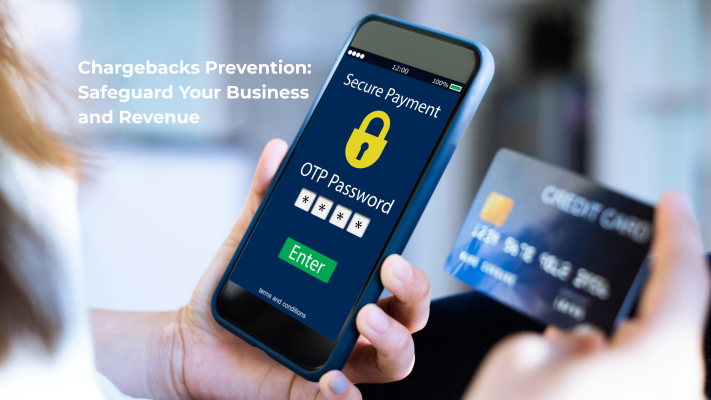
-
By edatacards@gmail.com
- In chargebacks Payment Processing Payments Security Technology
In the fast-paced world of digital transactions, chargebacks have become an increasing concern for merchants and financial institutions alike. While chargebacks were originally designed as a consumer protection mechanism, they are now frequently misused — leading to revenue loss, increased processing fees, and reputational damage for businesses.
At Bankassure.com, we understand how critical it is to manage chargebacks effectively. In this post, we’ll break down what chargebacks are, why they occur, and—most importantly—how you can prevent them.
What is a Chargeback?
A chargeback happens when a cardholder disputes a transaction and asks their bank to reverse the charge. If the issuing bank deems the claim valid, the transaction is reversed, and the merchant loses both the product or service and the payment.
Common Reasons for Chargebacks:
-
Fraudulent transactions (unauthorized use of credit/debit card)
-
Customer dissatisfaction or miscommunication
-
Shipping issues (item not received or delayed)
-
Recurring billing confusion
-
Clerical errors, such as duplicate charges
Why Chargeback Prevention Matters
Beyond immediate financial losses, high chargeback ratios can lead to:
-
Increased payment processing fees
-
Risk of being added to the MATCH list or merchant blacklists
-
Suspension or termination of your merchant account
-
Damage to brand reputation and customer trust
Preventing chargebacks is not just about saving money — it’s about protecting the longevity and credibility of your business.
Top Strategies to Prevent Chargebacks
1. Implement Strong Customer Service
Quick, responsive, and empathetic support can defuse disputes before they escalate. Make returns and refund policies clear and accessible.
2. Use Clear Billing Descriptors
Ensure your business name and contact info appear correctly on customer statements. Confusing or generic descriptors often trigger chargebacks.
3. Invest in Fraud Detection Tools
Use AVS (Address Verification System), CVV verification, 3D Secure, and machine learning-based fraud prevention platforms to flag suspicious transactions.
4. Document Everything
Keep detailed records of orders, shipping confirmations, customer communications, and refund transactions. This documentation is essential for chargeback rebuttals.
5. Set Realistic Shipping Expectations
Provide accurate delivery timelines and tracking information. Delay in shipment or lack of transparency often leads to disputes.
6. Transparent Recurring Billing Practices
If you offer subscriptions or auto-renewals, send email reminders before charging and make cancellation options easy to access.
7. Use Chargeback Alerts
Services like Ethoca or Verifi offer near-real-time chargeback alerts, giving you a chance to resolve disputes directly with the customer before the chargeback is filed.
How Bankassure Can Help
Bankassure.com offers tailored chargeback management solutions that:
-
Detect and prevent fraudulent transactions
-
Integrate real-time alerts to reduce chargeback ratios
-
Provide analytics to identify high-risk trends
-
Assist with dispute resolution and representment
Our tools empower businesses to stay compliant, minimize losses, and maintain healthy merchant accounts.
Conclusion
Chargebacks don’t just threaten your revenue—they threaten your business reputation. With proactive measures, robust fraud tools, and expert support, you can significantly reduce your exposure to chargebacks and focus on scaling your operations confidently.
Partner with Bankassure.com to build a secure, chargeback-resilient business today.